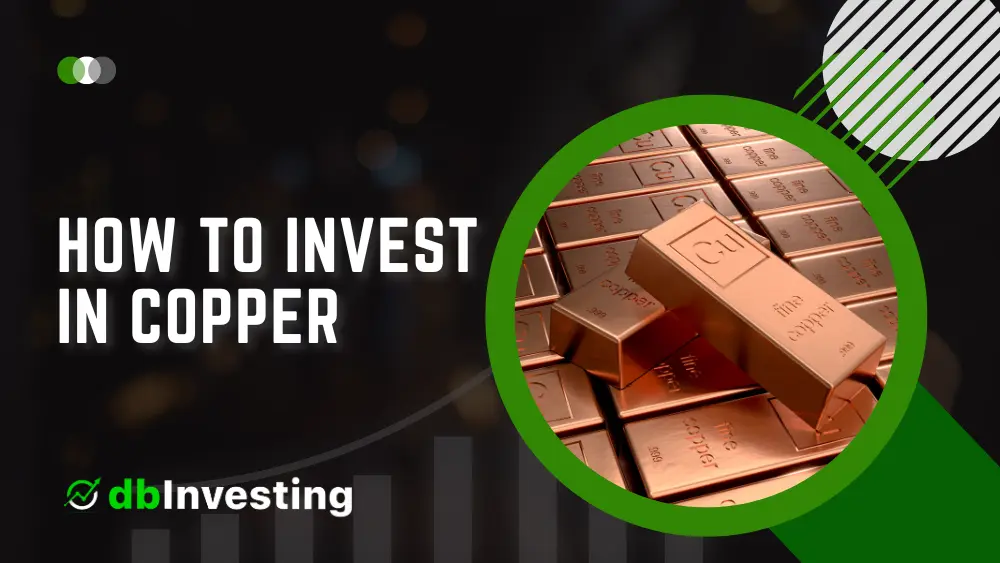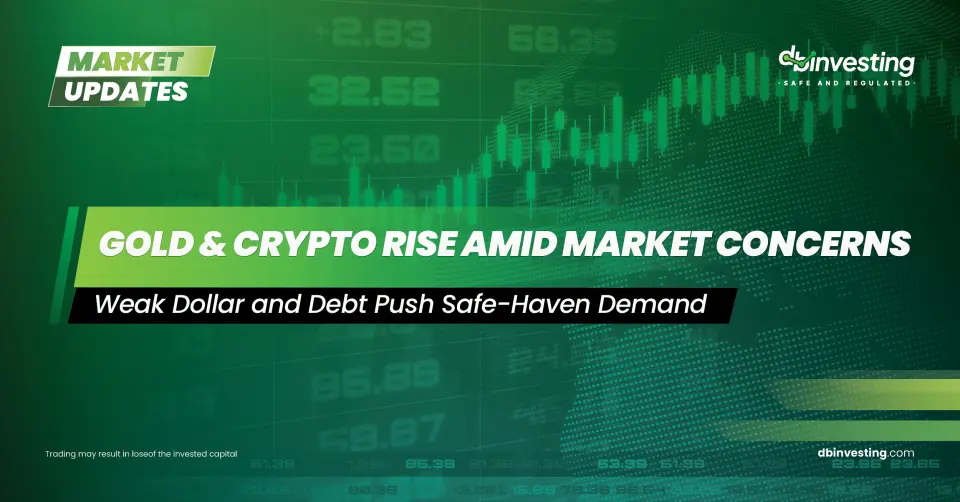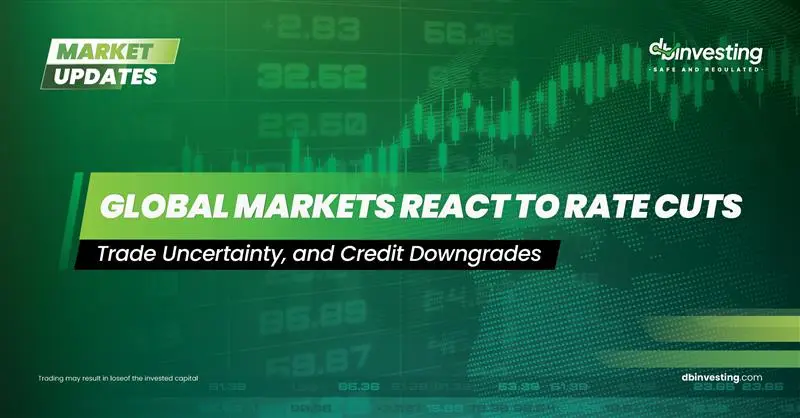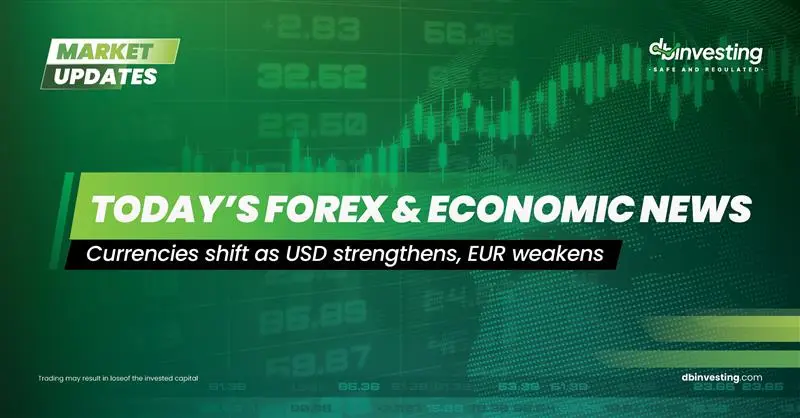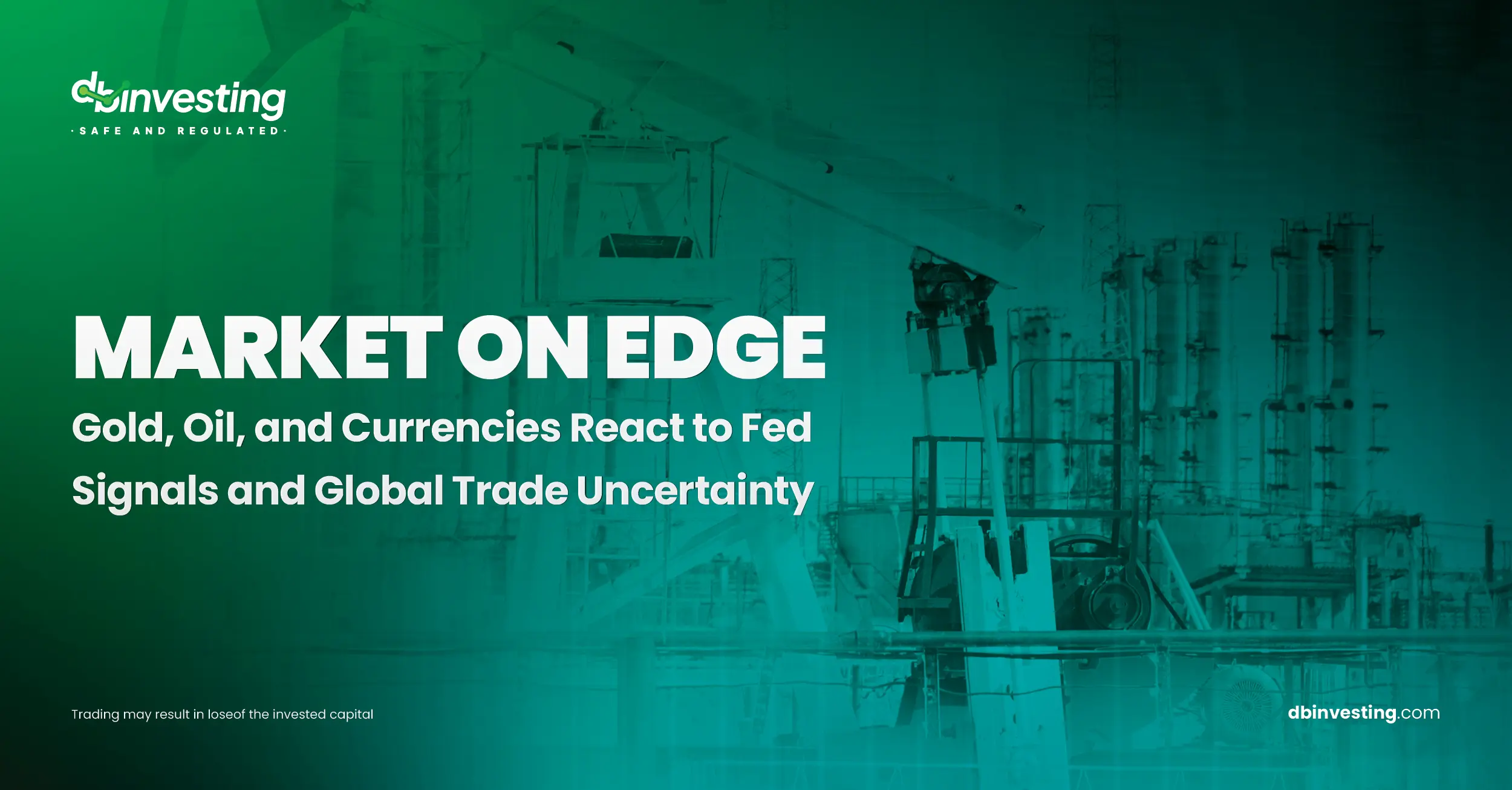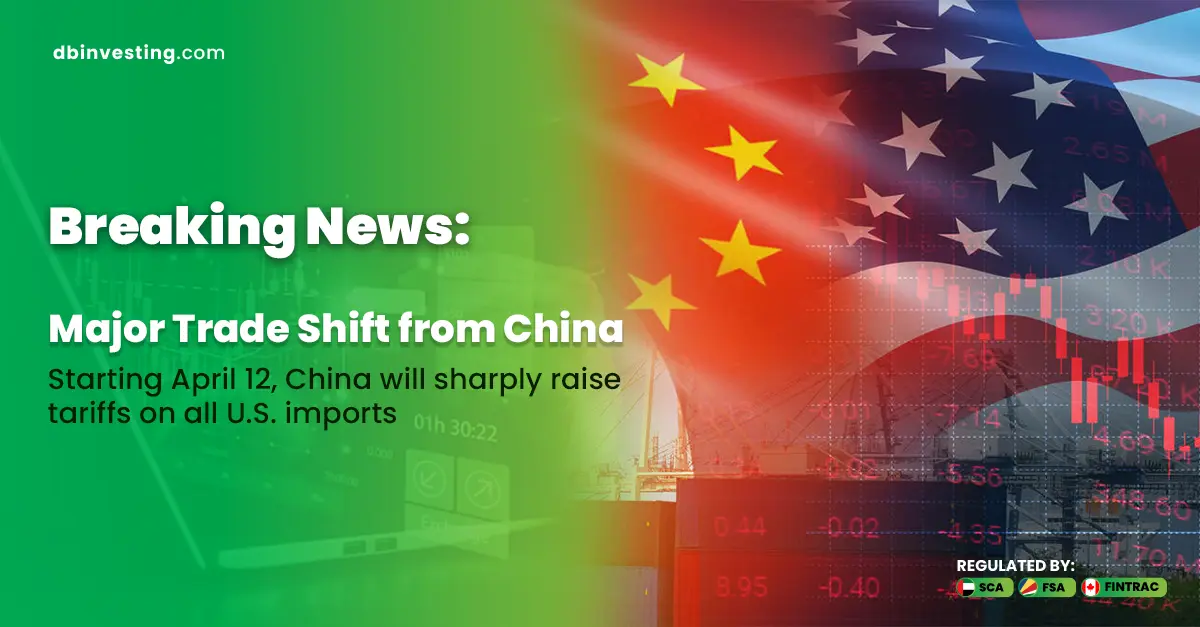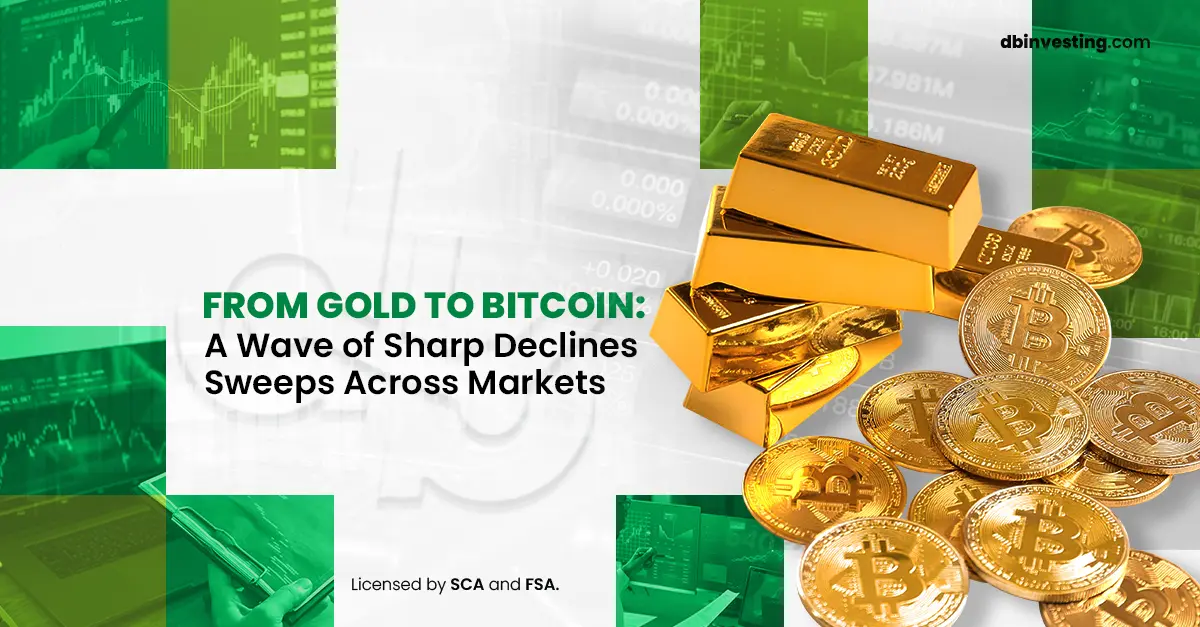Copper has been a crucial metal in human civilization for thousands of years, and its value has only increased over time. In recent years, investors have shown growing interest in diversifying their portfolios by including commodities like copper. This article will guide you through the essentials of investing in copper and help you understand why it can be a valuable addition to your investment strategy.
Understanding Copper as an Investment
Copper is a versatile metal with various industrial applications, making it an attractive investment option. Its widespread use in construction, electronics, transportation, and renewable energy projects ensures a consistent demand. Investors can benefit from the metal’s unique properties and global market demand.
Benefits of Investing in Copper
Diversification in Portfolios
Including copper in your investment portfolio can reduce risk and enhance diversification. As it is a distinct asset class with its market dynamics, it tends to perform differently from traditional stocks and bonds.
Inflation Hedge
Copper has historically acted as a hedge against inflation. During inflationary periods, the value of fiat currencies tends to decrease, while tangible assets like copper retain their value or appreciate.
Global Demand and Supply Dynamics
Copper’s demand is driven by industrial growth, especially in emerging economies. On the supply side, copper mining is subject to several factors like exploration, production costs, and geopolitical events, influencing its price.
Infrastructure Development
As countries invest in infrastructure projects, the demand for copper increases. Projects like urbanization, transportation, and power generation heavily rely on copper, creating long-term opportunities for investors.
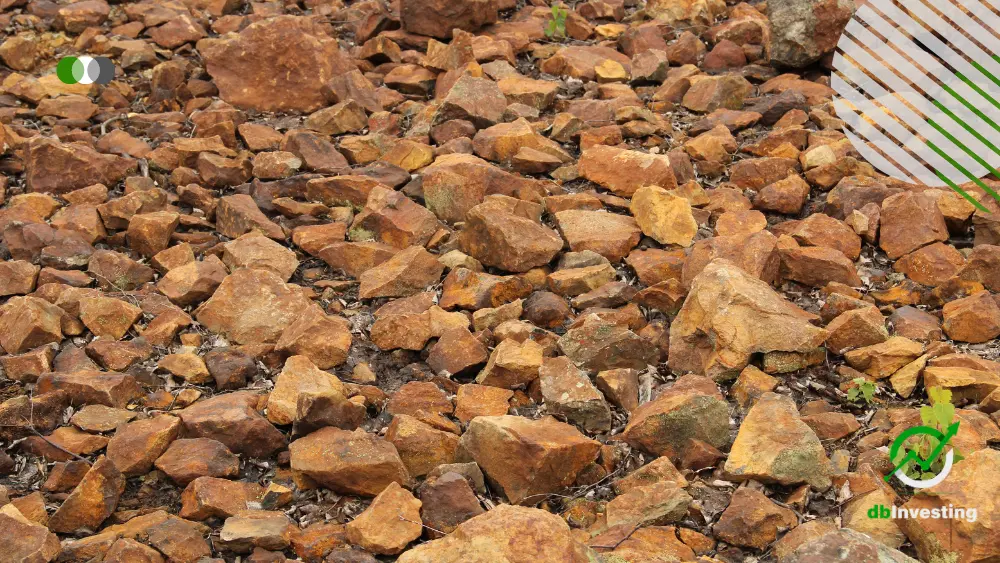
Different Ways to Invest in Copper
Investors have several options to gain exposure to copper’s price movements and potential profits.
Copper Futures and Options
Copper futures and options contracts allow investors to speculate on the future price of copper. These derivatives offer potential for significant gains but also carry higher risks due to price volatility.
Copper Mining Stocks
Investing in copper mining companies provides indirect exposure to the metal. The performance of mining stocks depends not only on copper prices but also on the company’s management and operational efficiency.
Copper Exchange-Traded Funds (ETFs)
Copper ETFs are investment funds that trade on stock exchanges. They aim to track the price of copper and offer a convenient way for investors to add copper exposure to their portfolios.
Physical Copper Investments
For those seeking direct ownership of copper, physical investments like copper bars or coins are an option. However, storing and insuring physical copper can be costly.
Risks and Challenges in Copper Investment
Price Volatility
Copper prices can be highly volatile, influenced by global economic conditions, geopolitical events, and supply disruptions.
Market Speculation
Speculative trading in copper can lead to sudden price fluctuations, making it challenging for investors to predict market movements accurately.
Geopolitical Factors
Political instability and trade disputes in major copper-producing countries can impact supply and prices.
Environmental Concerns
Copper mining and processing have environmental implications, and investors should be mindful of sustainability factors.

Analyzing Copper Market Trends
To make informed investment decisions, understanding copper market trends is essential.
Supply and Demand Factors
Monitoring copper production, consumption trends, and inventory levels helps gauge the metal’s future price direction.
Economic Indicators
Economic indicators like GDP growth and industrial production are key drivers of copper demand.
Technological Advancements
Advancements in copper-related technologies can influence its demand in various industries.
Choosing the Right Copper Investment Strategy
Several factors should be considered when formulating a copper investment strategy.
Risk Tolerance and Investment Goals
Assess your risk tolerance and investment objectives before making any investment decisions.
Time Horizon
The time horizon of your investment can determine the level of risk you can take on.
Investment Research and Analysis
Conduct thorough research and analysis of copper-related factors and the market as a whole.
Diversification
Consider diversifying your portfolio to mitigate risk and enhance potential returns.
Tips for Successful Copper Investment
Stay Informed
Regularly keep yourself updated with market news and trends.
Monitor Market Trends
Keep an eye on copper prices and global economic indicators.
Consult with Financial Advisors
Seek guidance from experienced financial advisors to make informed choices.
Avoid Emotional Decisions
Avoid making investment decisions based on emotions or short-term market movements.
Conclusion
Investing in copper can be a valuable addition to your investment portfolio. It offers diversification, a hedge against inflation, and exposure to global economic growth. However, investors should carefully analyze the risks and challenges associated with copper investment and adopt a well-thought-out strategy.
FAQs
- Is copper a good investment for beginners?
- Copper can be suitable for beginners seeking portfolio diversification, but proper research and risk assessment are necessary.
- What are the main factors influencing copper prices?
- Copper prices are influenced by global economic conditions, supply and demand dynamics, and geopolitical factors.
- Are copper ETFs a safe investment?
- Copper ETFs carry market risks, but they provide a convenient way to gain exposure to copper without owning physical metal.
- How does copper contribute to renewable energy projects?
- Copper is used in renewable energy infrastructure like solar panels and wind turbines for efficient energy transmission.
- What role does China play in the copper market?
- China is a major player in the copper market, both as a producer and consumer, impacting global supply and demand.
